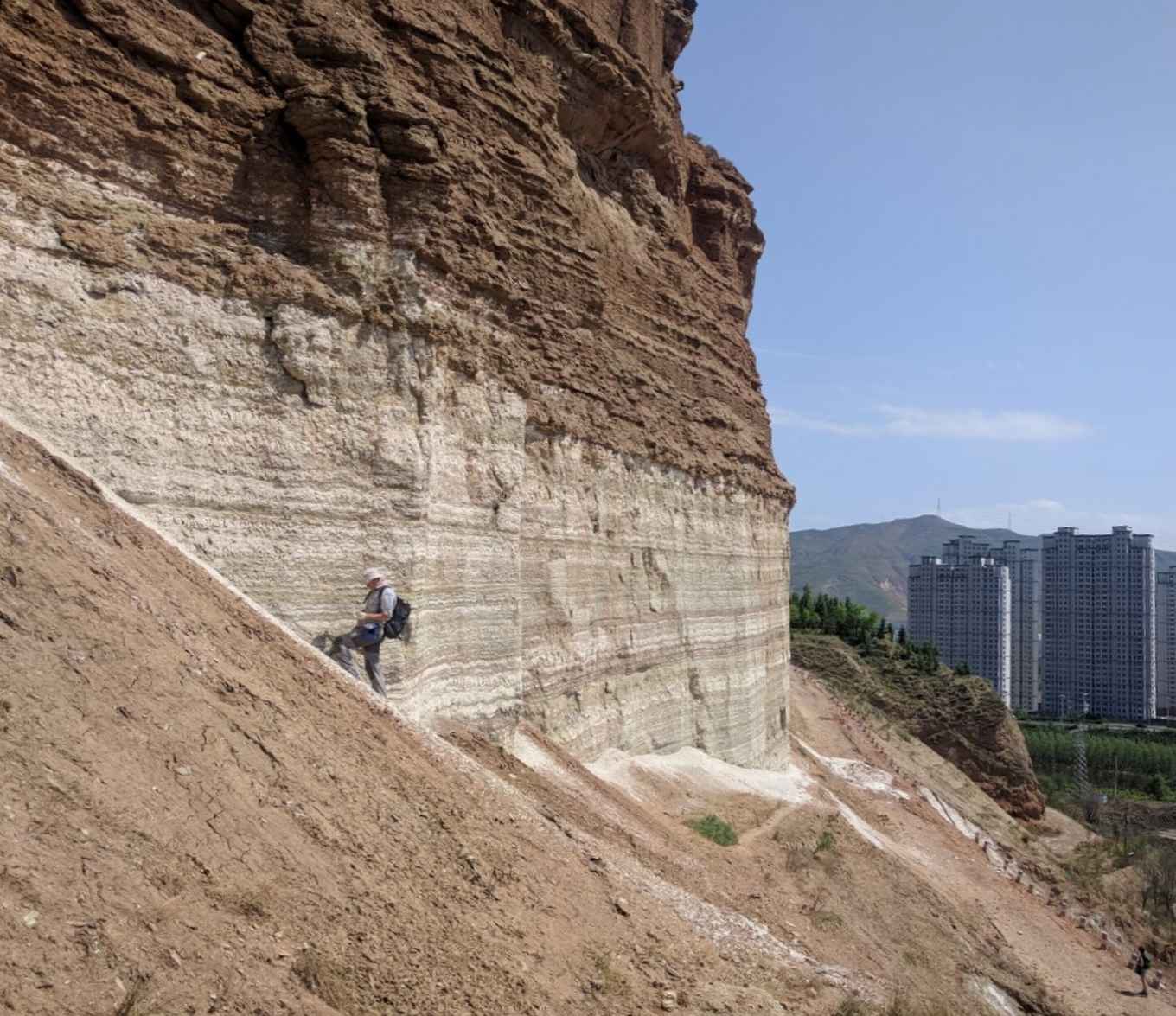Variations in the Earth's orbit finally explain botanical data Eocene-Oligocene
Usually overlooked orbital effect explains persistent mismatch between model and paleobotanical data across the Eocene-Oligocene transition
2 November 2021

At the end of the Eocene, the Earth’s climate shifted to a much colder climate, allowing the establishment of a perennial polar ice cap in Antarctica during the Oligocene. Recent studies based on sedimentary records of very high temporal resolution, show that this global climate transition was punctuated by several climate oscillations, of the order of a few tens of thousands of years, linked to periodic changes in the Earth's orbit.
Orbital variations have effect on the distribution of sunlight that reaches the surface of the earth. This has repercussions on atmospheric and oceanic circulations, and therefore on the climate. These orbital variations are for example involved in the alternation between glacial and interglacial cycles that have marked the last millions of years of the earth’s climate.
Earth orbit related to botanical data
The precise reconstruction of the climate at the Eocene-Oligocene transition is complex. Indeed, for such ancient times, the various paleo-environmental indicators available are often dated with too little precision to account for these "rapid" terrestrial orbital changes on the geological time scale. Climatic reconstructions are currently based on compilations stacking many fossils, particularly of plants, which are dated at about the same period, which can span a few millions of years. These compilations therefore represent a climatic "snapshot" but can sometimes offer contradictory view of the climates considered.
This study by scientists from Amsterdam, Paris, Marseille, Stockholm, Rennes and Potsdam sought to assess the extent to which the lack of consideration of orbital variations by models and botanical compilations biases the representation of the paleoclimates of that time.
Based on French models recently adapted to the simulation of ancient climates (IPSL-CM5A2 earth system model and ORCHIDEE continental surface model), this study has performed a large panel of simulations testing different orbital configurations (changes in precession, obliquity and eccentricity parameters). These simulations allow to improve the correspondence to the botanical data available for the period and to map the regions of the globe presenting an important sensitivity of the vegetation to the orbital modifications for the two periods considered.
Hot periods can be as variable as cold periods
‘Greenhouse climate periods, with no ice-sheets, are usually considered more stable than icehouse periods. This is because ice-sheets trigger important feedback mechanisms that amplify greatly the initial climate disturbances induced by orbital changes,’ says Delphine Tardif of the Institut de physique du globe in Paris. ‘But to our surprise we found out that greenhouse Eocene climate could present notable variability, despite the absence of any ice-sheets at the poles.’

These results show that the vegetation of the tropics, for a constant CO2 level, could have oscillated between tropical rainforest and open shrub forest conditions, or even desert. ‘In the tropics, the Eocene greenhouse climate is known to have fostered highly diverse tropical forests. It is astonishing to realize that orbital changes would have reduced this forest to shrubs. Something we would be keen to reconfirm with the fossil record,’ says Carina Hoorn of the Institute of Biodiversity and Ecosystem Dynamics. These regional but major environmental changes are linked to the impact of precession, and to a lesser extent obliquity, on intertropical temperature gradients, allowing the intermittent establishment of a monsoon-like climate.
The international team also demonstrates that the combined impact of CO2 decreases and obliquity variations induces a fragmentation of bioclimatic corridors in Anatolia and Siberia. The biogeographic implications of these results are important, as these migratory corridors linking Europe to Asia were crucial in the migration of Asian fauna to Western Europe during the faunal dispersal event called the Grande Coupure.
Read the article in Science Advances
Orbital variations as a major driver of climate and biome distribution during the greenhouse to icehouse transition.
by Delphine Tardif, Agathe Toumoulin, Frédéric Fluteau, Yannick Donnadieu, Guillaume Le Hir, Natasha Barbolini, Alexis Licht, Jean-Baptiste Ladant, Pierre Sepulchre, Nicolas Viovy, Carina Hoorn, Guillaume Dupont-Nivet